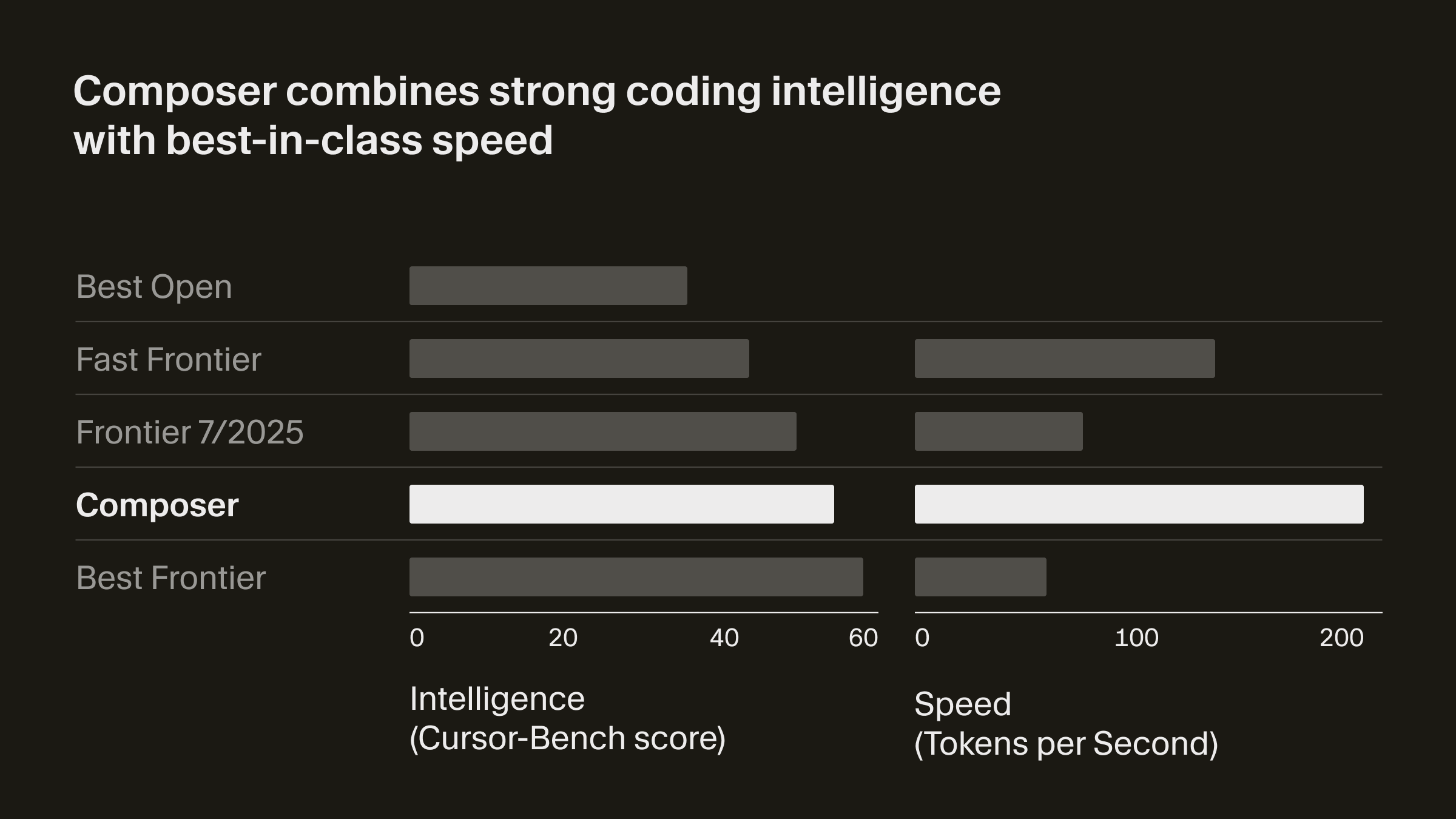Cursor 2.0 Transforms AI-Assisted Coding with Multi-Agent Architecture
Cursor 2.0 introduces a revolutionary multi-agent framework enabling parallel code generation and intelligent task orchestration, marking a significant shift in how developers leverage AI for software development.

Cursor 2.0: A New Era of Multi-Agent Coding
Cursor has fundamentally reimagined its approach to AI-assisted development with version 2.0, introducing a multi-agent architecture that enables up to eight agents to work in parallel. This represents a substantial departure from traditional single-agent models, allowing developers to tackle complex coding tasks with unprecedented efficiency and coordination.
The new framework orchestrates multiple specialized agents that can collaborate on different aspects of a project simultaneously. Rather than waiting for sequential operations, developers can now leverage parallel processing to accelerate development cycles—with early reports suggesting code generation speeds up to 2-3x faster than previous iterations.
Key Features and Capabilities
Composer: The New Standard for Code Generation
At the heart of Cursor 2.0 lies Composer, a sophisticated agent designed to handle complex, multi-file code modifications. Composer understands project context across entire codebases and can generate coherent changes that span multiple files, reducing the friction developers typically experience when implementing substantial features or refactoring operations.
Parallel Agent Execution
The multi-agent system allows independent tasks to execute concurrently:
- Code analysis agents can examine existing implementations while generation agents draft new features
- Testing agents can validate code in parallel with development
- Documentation agents can generate supporting materials without blocking development workflows
- Optimization agents can suggest performance improvements across the codebase
This parallel execution model eliminates bottlenecks that plague traditional sequential development approaches.
Enhanced Context Understanding
Cursor 2.0 demonstrates improved semantic understanding of project structure, dependencies, and architectural patterns. The system can now maintain coherent context across larger codebases, enabling agents to make more informed decisions about code placement, naming conventions, and integration points.
Technical Improvements
The underlying infrastructure has been substantially upgraded to support multi-agent coordination. The system implements sophisticated task scheduling to prevent resource contention while maximizing throughput. Agents communicate through a unified context layer that ensures consistency across parallel operations.
Error handling and rollback mechanisms have been enhanced to manage failures gracefully when multiple agents operate simultaneously. If one agent encounters issues, the system can isolate the problem without cascading failures across dependent tasks.
Developer Experience Enhancements
Beyond raw performance gains, Cursor 2.0 introduces refinements to the developer interface. The updated UI provides clearer visibility into agent activities, allowing developers to monitor progress across parallel operations. Developers can now intervene at specific checkpoints or adjust agent behavior mid-task based on real-time feedback.
The system also implements improved prompt interpretation, reducing the need for developers to provide exhaustively detailed instructions. Agents can now infer intent more accurately from natural language descriptions, making the tool more accessible to developers with varying levels of explicitness in their requests.
Implications for Development Workflows
This architectural shift suggests a broader industry trend toward multi-agent systems for complex problem-solving. By distributing work across specialized agents, Cursor 2.0 addresses scalability challenges that single-agent systems face when handling enterprise-scale codebases.
The parallel execution model particularly benefits teams working on large-scale refactoring, feature development across multiple modules, or projects requiring coordination between frontend and backend systems. Development cycles that previously required sequential agent interactions can now complete in a fraction of the time.
Key Sources
The release of Cursor 2.0 marks a meaningful inflection point in AI-assisted development tools, moving beyond incremental improvements toward fundamental architectural innovations that reshape how developers interact with code generation systems.



